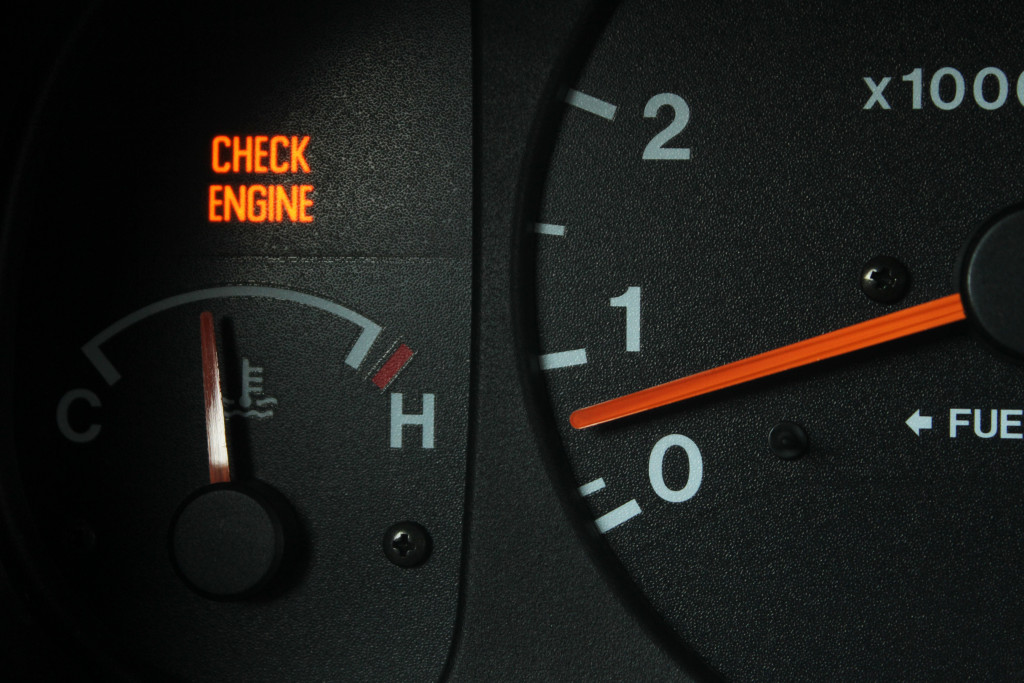Motor vehicles have come a long way over a century after their invention. The modern car is so technologically-advanced now, with more features added for driver and passenger comfort, entertainment, and safety. Nowadays, cars are no longer just for transportation. They have become a status symbol, a tool of self-expression, and a lot more.
The Continuously Evolving Automobile
Cars are still improving and evolving. After fitting vehicles with so many new gadgets, now the conversation is veering toward enabling the car to steer itself. Many automotive manufacturers are currently developing a self-driving car that no longer requires the presence of a driver to move and navigate toward the destination. Aside from relieving humans of the task of driving, autonomous vehicles are said to be safer because they are equipped with highly intelligent computers that can assess the risks and make the right decisions in an instant. These vehicles are not fallible, unlike humans, who have the tendency to make mistakes. Basically, autonomous cars have the potential to make roads safer.
However, autonomous cars are still very far away. Years ago, experts predicted that autonomous cars would take over by 2021. Now that 2021 has arrived, self-driving cars are still in the testing stage and have met controversies for causing accidents, including deaths. Now, analysts say that autonomous cars are years, even decades away.
While they are not yet fully autonomous, cars already have gadgets that have the capacity to improve road safety. There are vehicles that come equipped with sensors to detect obstacles and anticipate collisions, sounding the alarms and applying the brakes to prevent accidents. Most car owners install dashcams to document their journeys and protect themselves against unwanted incidents.
However, whether tech in cars has made humans better drivers is still up for debate.
Car Tech Impact on Road Safety
Theoretically, these gadgets have the potential to make the roads safer. Volvo, for example, has a rear collision warning system that, through radar, can predict when an accident is about to happen and apply the brakes. Doing so would prevent a crash from happening and save lives.
Advanced Driver Assistance Systems (ADAS), similar to the one used by Volvo, has increased in popularity over the past couple of years. Globally, the market for ADAS is expected to grow to $83 billion by 2030.
It is not just a promising technology by now. It has already proven its function in the real world. Previous research by LexisNexis Risk Solution found that vehicles equipped with ADAS had a 27 percent decline in bodily injury claim frequency. There is also a 19 percent reduction in property damage.
Another study by the Insurance Institute for Highway Safety revealed that vehicles with blind-spot monitoring had a 14 percent lower crash involvement rate.
If all vehicles come equipped with blind-spot monitoring and other systems, thousands of lives could be saved.
When Tech Is a Disadvantage

However, there are cases when tech that was meant to make driving easier and safer becomes the very thing that causes an accident.
Take, for example, the driver-assist feature. The feature allows the car to steer itself while the driver acts as a supervisor. Manufacturers claim that, while using the feature, the driver must keep their hands on the wheel and eyes on the road—always ready to intervene when an accident is imminent. However, a study found that people do not use the feature as directed. When it is on, they stop paying attention to the road. They stop doing things that drivers should do.
While artificial intelligence, which powers some of these features, has improved and advanced significantly, it is still not perfect. It lacks the sophistication of the human brain and, often, is unable to understand nuances. Drivers should never rely completely on their vehicles just yet.
The rearview cameras, which show up more in modern vehicles, can also create safety risks. According to studies, drivers do not do over-the-shoulder glances when their cars have rearview cameras. This is bad news because the movement is necessary to spot an unfolding situation such as a child running near the vehicle. You can more easily detect a moving object by turning your head, especially in the camera’s blind spot.
Technology continues to move forward. While different devices and gadgets have made driving more comfortable, easier, and safer, modern vehicles are not yet perfect. There is still a lot to be changed and improved to guarantee that drivers and passengers are safe while on the road. For now, everyone should continue to be careful and alert to prevent accidents.

